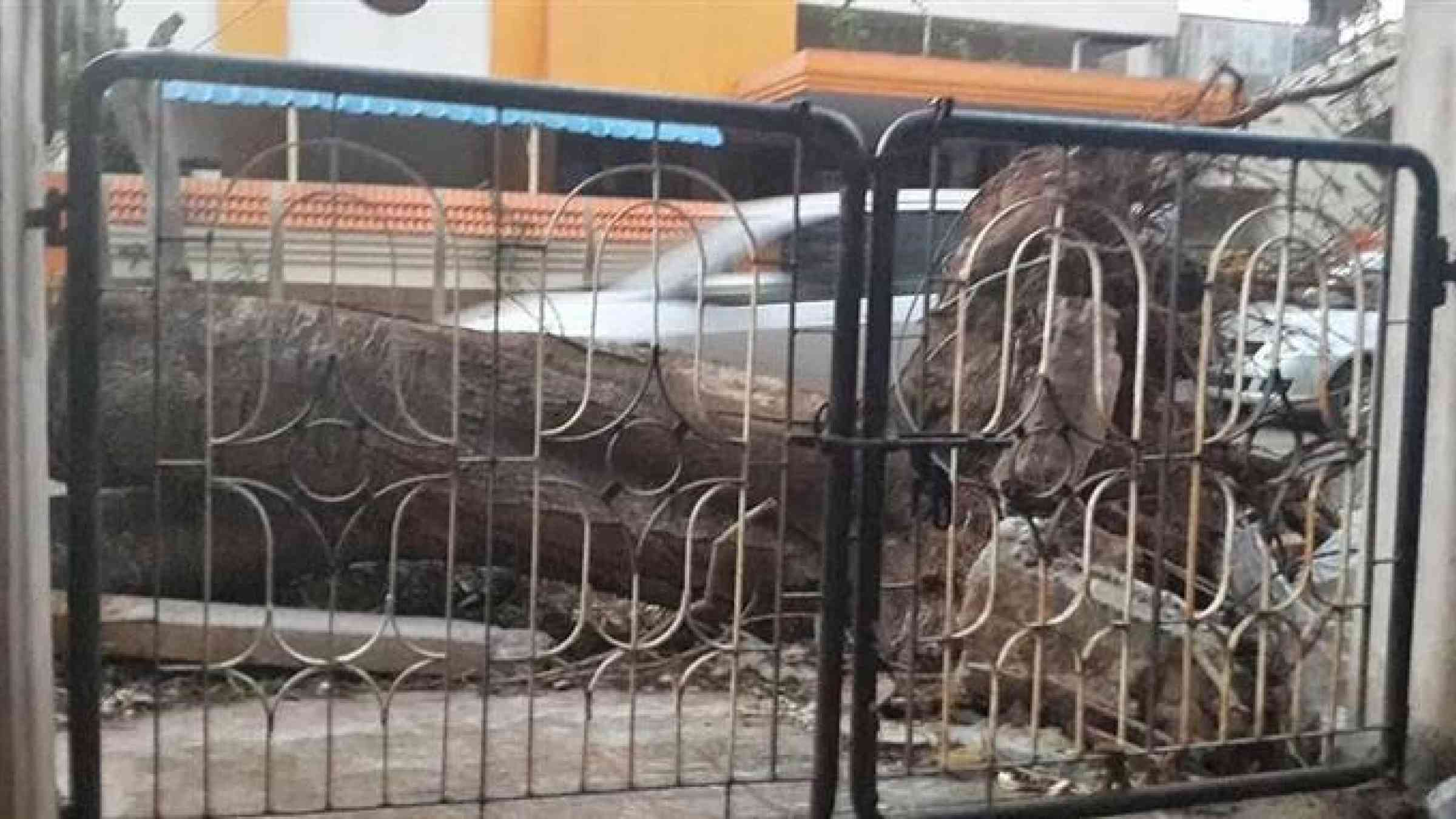Disability-inclusive disaster risk reduction (DiDRR) in India

By Dr Satendra Singh
The results of the first-ever UN global survey 2013 of persons living with disabilities on how they cope with disasters reveals a disproportionate number suffer and die in disasters because their needs are ignored and neglected. They are often left totally reliant on the kindness of family, friends, and neighbors for their survival and safety. Just 17% of respondents were aware of a disaster management plan in their city/town/community and just 14% said they had been consulted on it. At the same time, 50% of respondents expressed a wish to participate in community disaster management.
India experienced 155 natural disasters in the last ten years. The mortality rate of people with disabilities is two times higher than the general population in disasters. Many times blind cannot read the written messages on the wall of evacuation shelters. Deaf cannot understand the alerting evacuation warning via sirens. Moreover, disasters create a new generation of disabled people.
We, the disabled people, are real experts on matters pertaining to disability. Disability-inclusive disaster risk reduction (DiDRR) not only helps disabled but also elderly, small children, and foreigners who speak different languages.
Persons with disabilities, the world’s largest minority, are the first to be forgotten and the last to be remembered of all the marginalized groups in case of a disaster in India. An earlier report in Times of India (no policy to rescue disabled during emergency), based on the Right To Information (RTI) filed by Abha Khetarpal, highlighted the unpreparedness of National Institute of Disaster Management (NIDM). My RTI reconfirmed the fact. DiDRR must be considered as a matter of human rights.
In my RTI, I asked NIDM the action taken on the previous TOI story. NIDM’s response was that “they are not yet directly involved except preparing TOT module for disabled people. However, the NIDM website states its mission as 'to work as a think tank for the Government by providing assistance in policy formulation.'" On asking about the details of all the disability organizations or PwDs consulted while preparing training modules on disaster management, authorities referred to NIDM website which does not have any list. NIDM did conduct few drills at blind schools but nothing at inclusive schools. NIDM is also in preparation of a 5-day TOT on “Personnel dealing with disabled people in disaster” but how much input comes from the real stakeholders-the disabled persons, remains to be seen.
The National progress report on the implementation of the Hyogo Framework for Action on DRR (2013-2015) was prepared by Ministry of Home Affairs in Oct 2014 and it did not have DiDRR mentioned anywhere despite India ratifying UNCRPD. The ‘future outlook’ statement in the report too remained conspicuous by the absence of DiDRR.
I asked NIDM in the RTI on the details of any sensitization program done on DiDRR on International Day of Disaster Reduction (13 Oct 2014). Their standard reply to this question was that NIDM celebrates Disaster Reduction Day every year in 2nd week of October. One of the sub-theme of International Day of Persons with Disabilities in 2014 was ‘DRR and emergency responses’. On asking measures taken to celebrate the day in line with the theme, NIDM was silent. Ironically, last year in the Post HFA Consultation in India, people debated extensively on integrating HFA into suitable UN Conventions but the actual neglect of Article 11 of UNCRPD is for everybody to see. Things are looking only on paper at present. On asking details of all the changes done in accordance with UNCRPD in National Policy of Disaster Management and National Plan of Disaster Management, NIDM replied that the National Policy of Disaster Management can be downloaded from their website.
In 2013, a multi-stakeholder National Platform for Disaster Risk Reduction was constituted in February which brought together the whole range of stakeholders from Government, Parliamentarians, Mayors, Media, International Organisations, NGOs, local community representatives, scientific and academic institutions and corporate businesses etc but not MSJE or disabled organizations or people with disabilities.
Prime Minister Modi (also the chairperson of National Disaster Management Authority) saluted the spirit of disabled persons, calling them 'heroes’ on International Day of Persons with Disabilities (3 Dec 2014) day. However, these ‘heroes’ may become ‘disabled’ in disasters because of disability exclusive disaster management. Sai Padma, founder of Global-Aid and a wheel chair user was stuck in her house for 20 days as a tree fell at their entrance in the recent Hud Hud cyclone at Vizag.
Being a doctor as well as a person with a disability, I have seen a mismatch in emergency care services. The rescue helpline numbers cannot be accessed by the deaf or those having a speech impairment. To rub salts on the wounds, different cities have different numbers. The larger point which we are missing is that #DiDRR is beneficial not only for disabled persons but also for elderly citizens, small children, and foreigners who speak different languages. The earlier it comes on the radar of Indian Government, the better it is. The sad part is that people with disabilities are themselves coming forward to provide solutions but there are no takers. Every life matters. #LiveToTell